- Free shipping available on orders over £100 (UK) £250 (EU) and $300 rest of the world
WOW639 Lockheed Ventura
£799.00
2 in stock
Description
Description
WOW639 Lockheed Ventura
The Lockheed Hudson was a military version of the American Lockheed 14 Super Electra airliner and was ordered for the Royal Air Force in June 1938. Hudsons entered service with Coastal Command in 1939. Used extensively over United Kingdom waters on anti-submarine and general reconnaissance duties, Hudsons were also used overseas.
When Hudsons reached obsolescence in the maritime role they were stripped of their armament and re-employed as transports. Some of these aircraft were used in the very hazardous task of carrying Allied agents into and out of Nazi-occupied Europe.
Although never in the forefront of wartime publicity the Hudson can nevertheless claim an impressive list of firsts including:
The first Allied aircraft to shoot down an enemy while operating from the British Isles.
The first aircraft to capture a U-boat. U-570 surrendered to a No.269 Squadron Hudson on 27 August 1941.
The first aircraft equipped to carry airborne lifeboats for air sea rescue duties.
The RAF received just over 2000 Hudsons, 800 of which were purchased, the remainder supplied under American Lend-Lease contracts.
Our 1/30 scale Hudson was flown by Leonard Trent the second of three New Zealand pilots to be awarded the Victoria Cross during WW2, Leonard Trent received the accolade for bravery flying a Lockheed Ventura on a Ramrod mission over the occupied Low Countries.
Here is some history on this remarkable Kiwi:
Leonard Henry Trent was born in Nelson, New Zealand on April 14, 1915. He joined the Royal New Zealand Air Force (RNZAF) in 1937 and began to learn to fly at Wigram airfield before graduating to fly the Vickers Vildebeest biplane bomber. In mid-1938 he was posted to the RAF on exchange, remaining in the British military after the outbreak of war.
In September 1939 Trent went to France as part of XV Sqn, flying Fairey Battles on high-level photoreconnaissance missions over enemy territory. However, by the end of the year the unit had been withdrawn back to Britain and began to convert onto the Bristol Blenheim IV.
He flew flew various missions over the coming year and in July 1940 Trent was awarded the Distinguished Flying Cross (DFC) for his bravery over Europe. After a short break to work as a flying instructor Trent returned to operational flying in March 1942, by which time he had been promoted to Squadron Leader and appointed commander of B Flights of 487 (NZ) Sqn. Based at RAF Feltwell, Norfolk, the unit had recently converted onto the Lockheed Ventura for daylight bombing missions over occupied Europe.
An attack on the Royal Dutch Steel Works at Ijmuiden on May 2 by 464 Sqn (also equipped with the Ventura) resulted in only moderate damage so 107 Sqn’s Douglas Boston IIIs were tasked to repeat the mission the following day. Stiff Luftwaffe opposition was expected so 12 crews from 487 (NZ) Sqn were ordered to conduct a diversionary ‘Ramrod’ low level attack on the Amsterdam power station.

Leonard Henry Trent VC DFC (April 14, 1915 –May 19, 1986)
Sqn Ldr Trent was to fly the lead aircraft (AJ209 – coded EG-V) in the first wave of six Venturas. Joining him were Flt Lt V Philips (navigator), F/O Roy Thomas (wireless operator) and Sgt W Trenery (mid upper gunner) and they lifted off from Methwold just after 4.30pm.

A Lockheed Ventura is prepared for another sortie in June 1943
Almost immediately one Ventura (EGQ flown by Sgt Barker) lost its escape hatch and was forced to turn back, but soon the remainder of the bombers met up with Spitfire escorts from 18, 167 and 504 Sqns and set course for Holland, skimming the waves to stay below German radar. The bombers were supposed to meet more Spitfires (from 122 and 453 Sqns) as they crossed the Dutch coast but the fighters arrived early and, climbing for altitude, they alerted the German radar operators to an imminent attack.
By unfortunate coincidence the German Governor of Holland was visiting the town of Haarlem that day and the Luftwaffe had drafted in extra airpower to defend him.
As the British bombers approached the town, around 70 Focke-Wulf FW- 190s and Messerschmitt Bf109s were lying in wait. The fighter onslaught was relentless and soon six Venturas had been lost, leaving just Trent and two other aircraft to press home the attack.
Then, one Bf109 made a fatal mistake and turned in front of Trent’s aircraft – the New Zealander immediately pressed the trigger for the two .303 and two .50 machine guns in the nose and the German fighter was shot from the sky. Moments later another Ventura fell out of formation just as the power station came into view.
Undeterred, Trent concentrated on the bombing run and when Phillips called ‘Bombs Gone’ the crew realized they were the only Ventura left flying.
The first RAF Venturas started to arrive in Britain in April 1942 and by the end of August that year enough had been ferried over the Atlantic to equip three Squadrons. The type was soon relegated to medium level bombing as it was found to be vulnerable at low level, despite being 43kts faster and carrying more than twice as many bombs as its predecessor, the Hudson
The crew turned for home but it was too late – an enormous explosion rocked the aircraft. The Venture pitched up, stalled and entered an inverted spin. Trent opened the escape hatch just before another violent explosion which ejected him from the aeroplane at a height of around 7,000ft (2,134m).
He floated down and landed in a ploughed field where he was captured by Germans and reunited with Phillips – the only other survivor.
Trent was moved to the Stalag Luft III prison camp for the remainder of the war – albeit with a brief sojourn outside when he was a member of the famed ‘Great Escape.’ He was liberated from the camp on May 2, 1945 and upon his return to Britain, discovered that his final operational flight had earned him the VC.
Quiet and unassuming, Trent disliked the fuss caused, especially during its investiture at Buckingham Palace on April 12, 1946, and was uncomfortable with the publicity. However, he continued in the RAF after the war and had the dubious distinction of having to eject from both a de Havilland Vampire and a Gloster Meteor! He later commanded the Vickers Valiant equipped 214 Sqn Squadron and saw further action during the Suez Crisis.
Leonard Trent finished his career as a Group Captain and was ultimately appointed an Air Attaché to Washington DC. He moved to Australia in 1965 and returned to New Zealand in 1977 where he eventually passed away peacefully on May 19, 1986.
We have 4 x Hudsons available priced at $999 plus postage
The figures and accessories are shown for scale comparison purposes only.
Reviews (0)
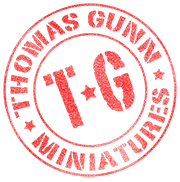
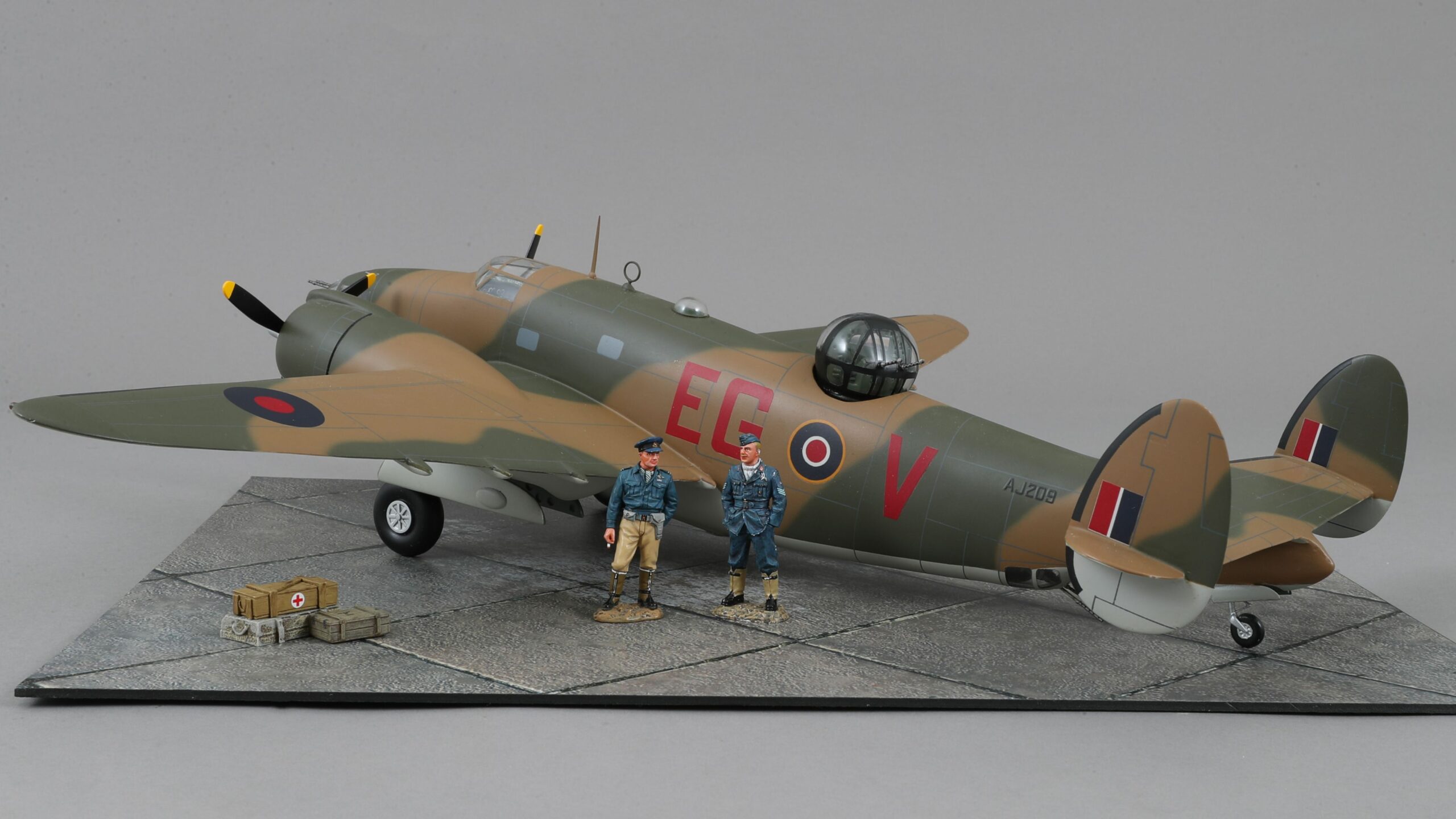
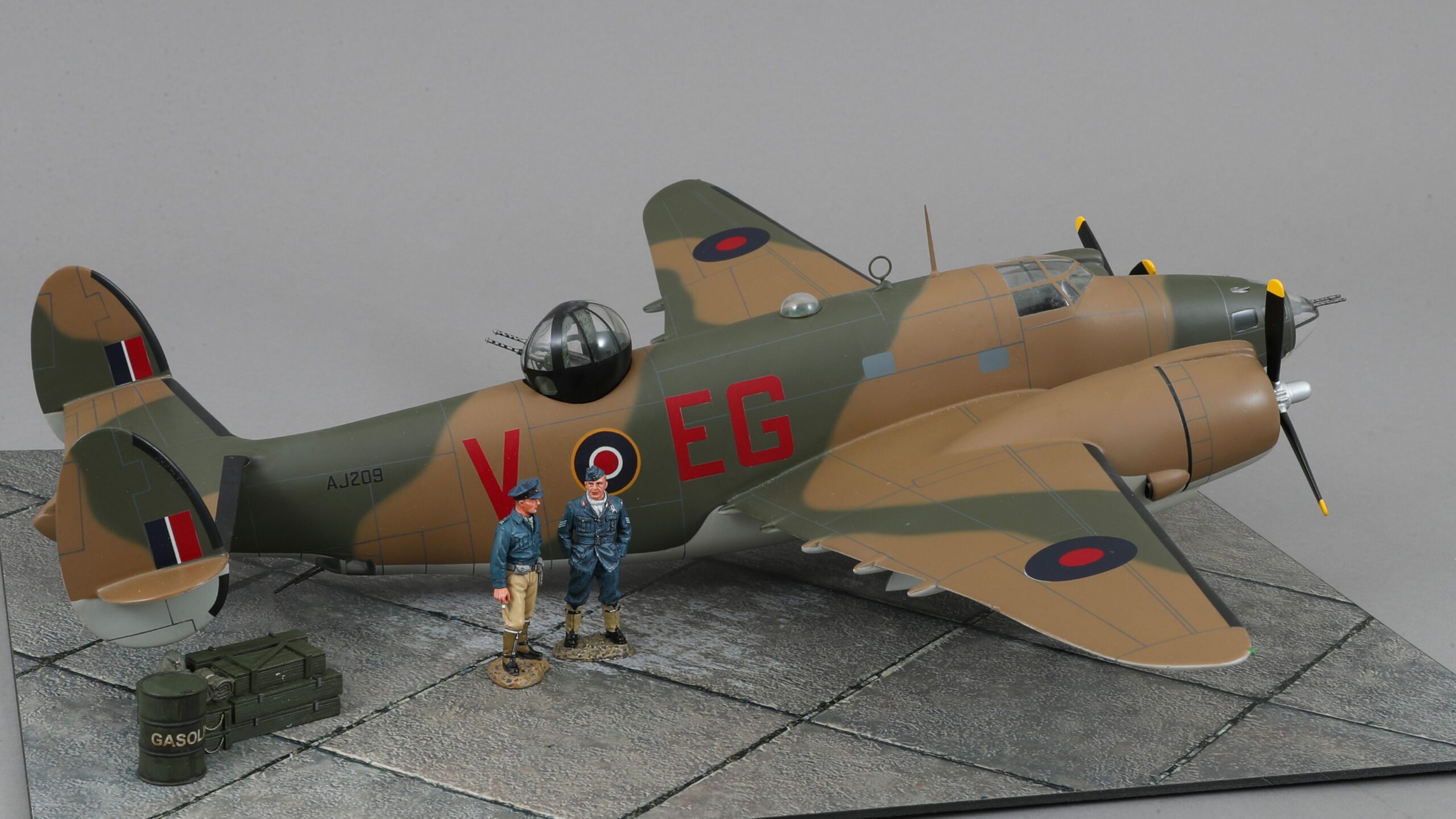
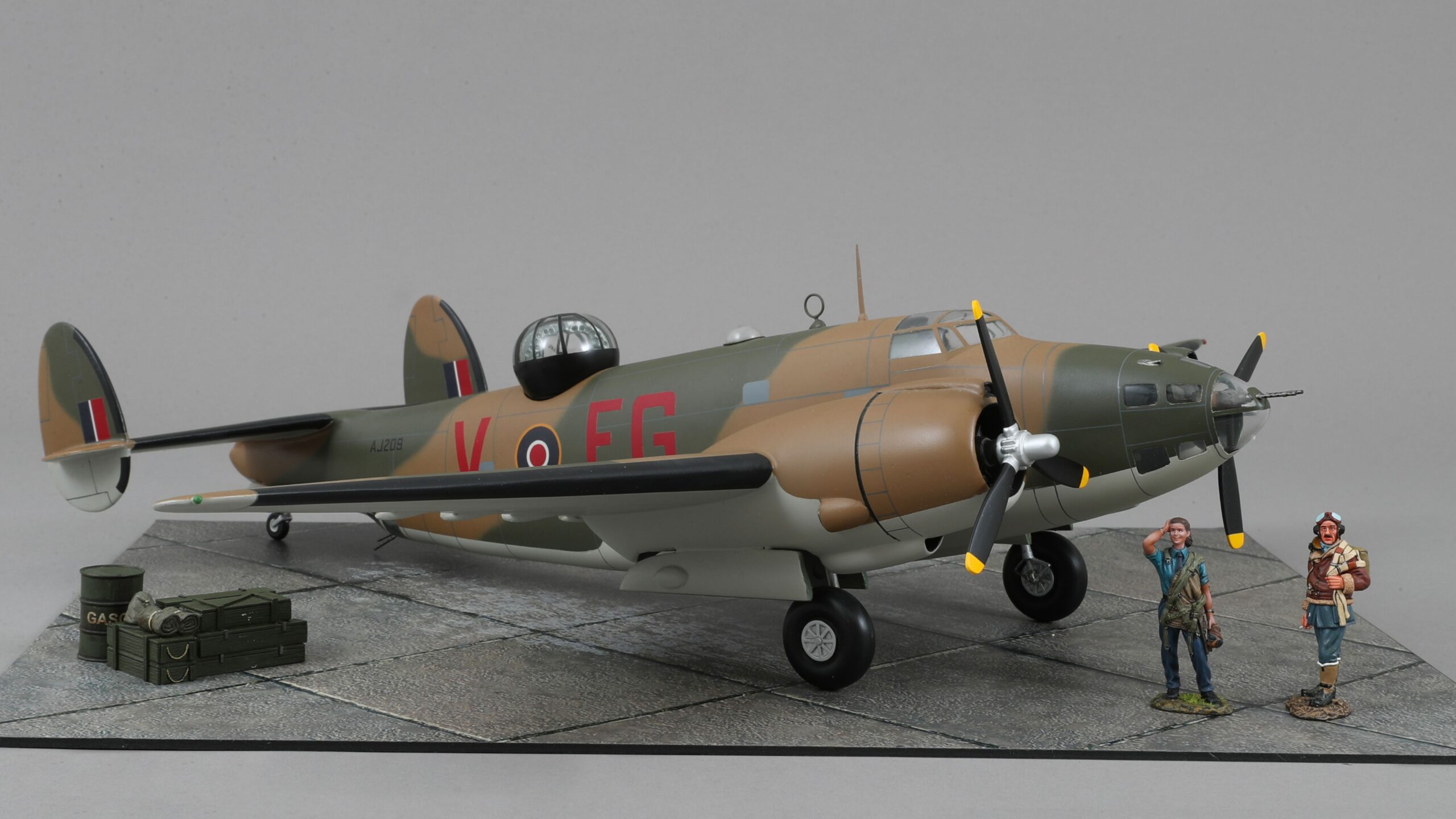
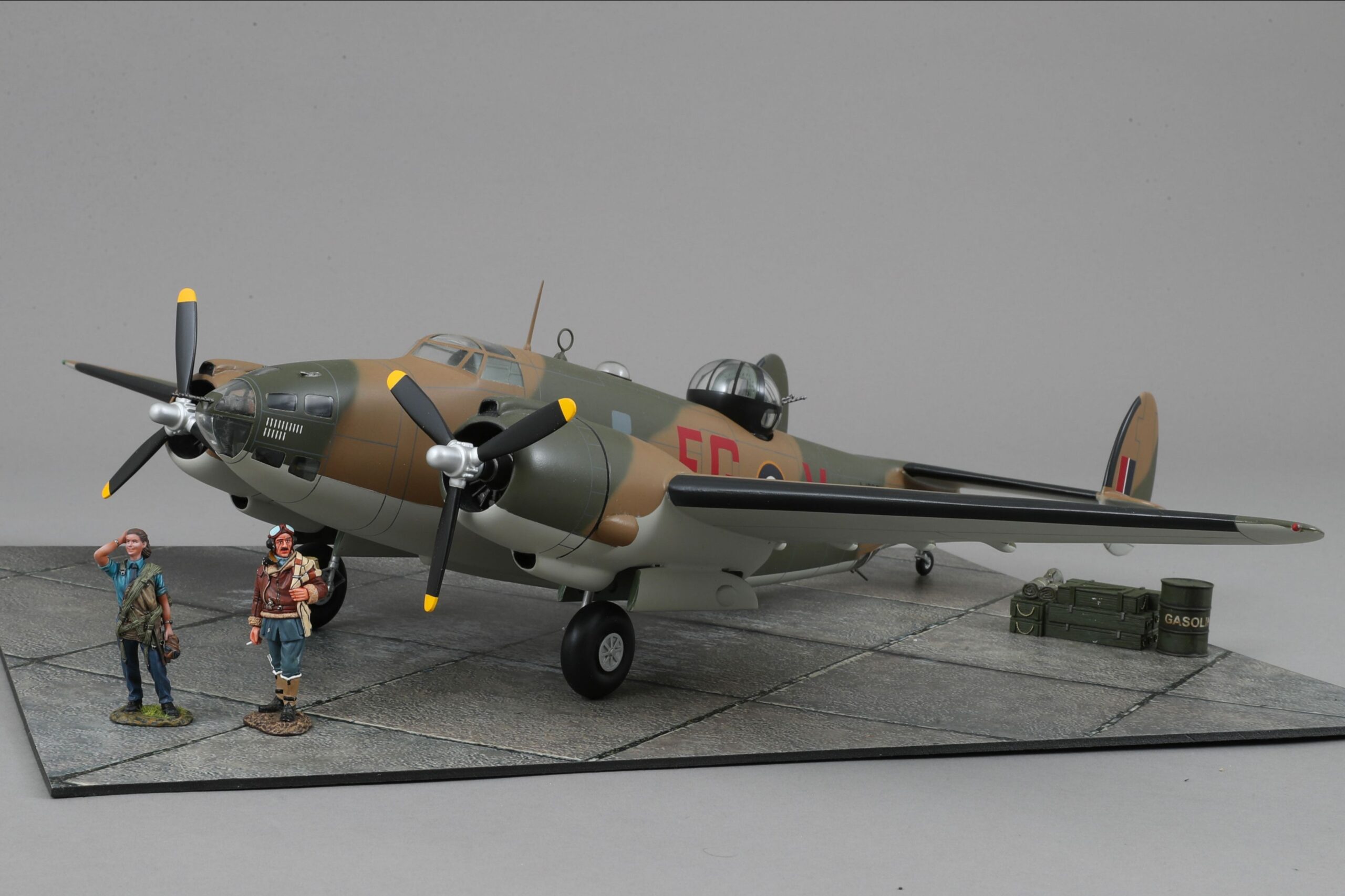
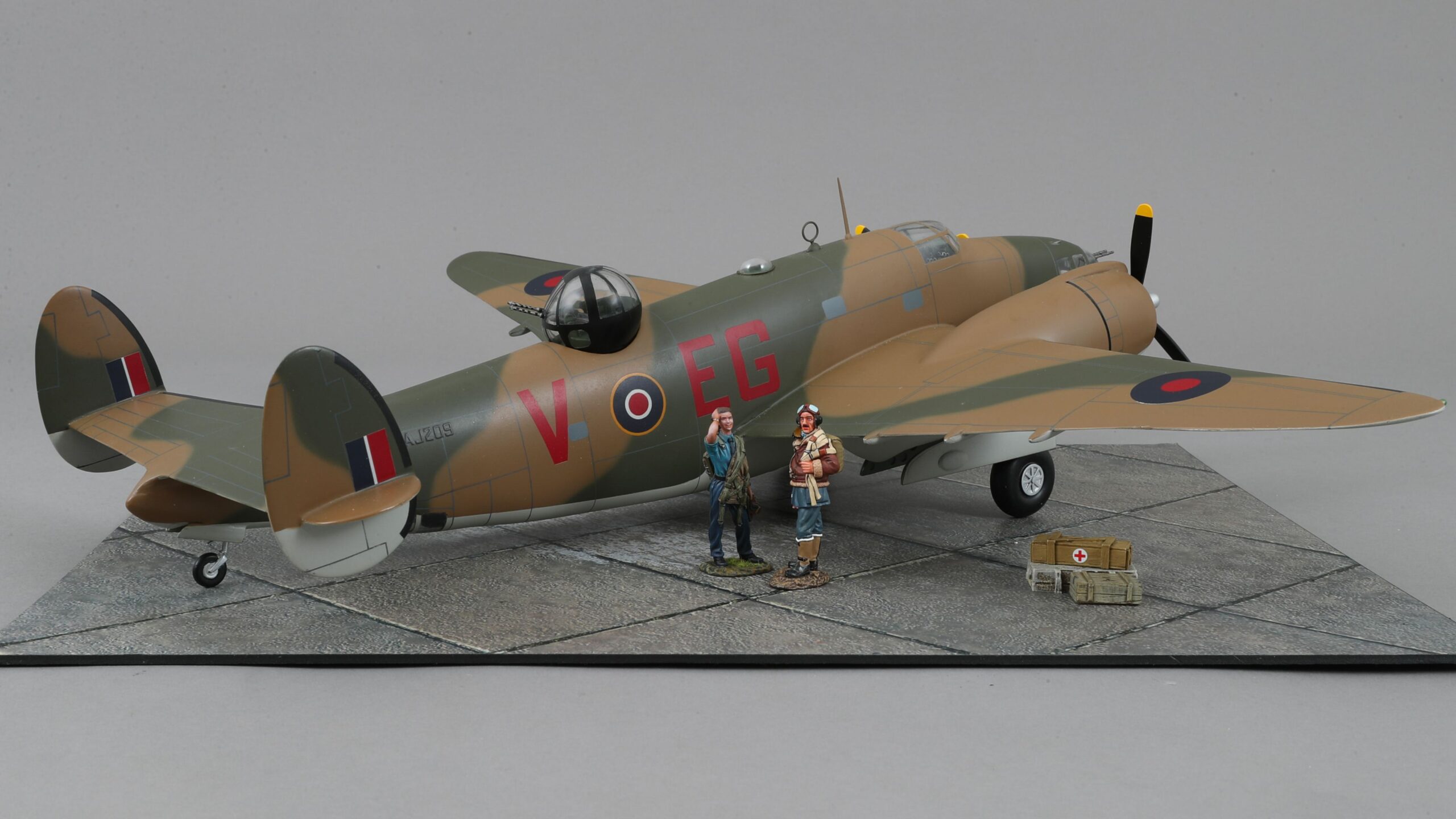
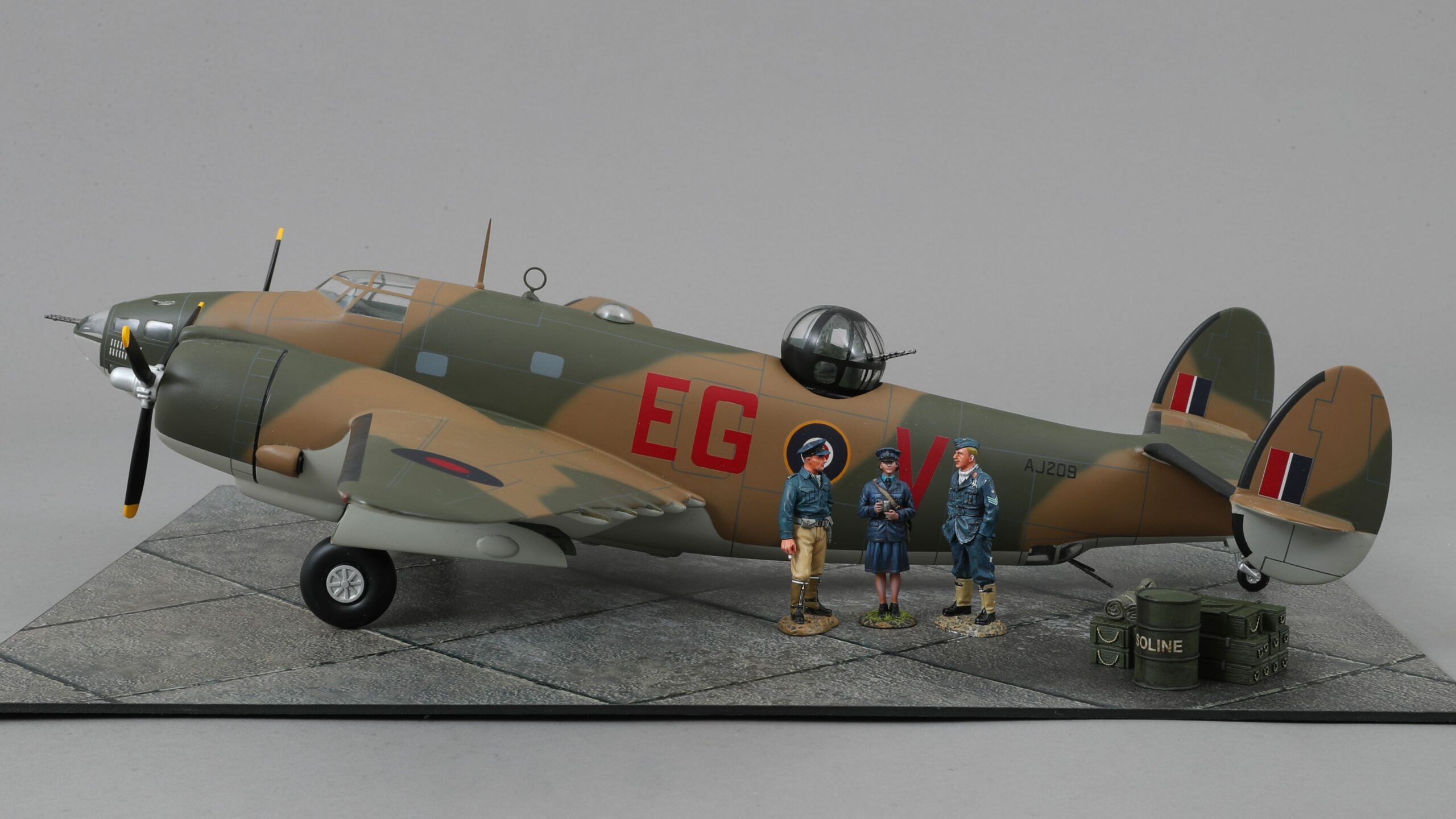
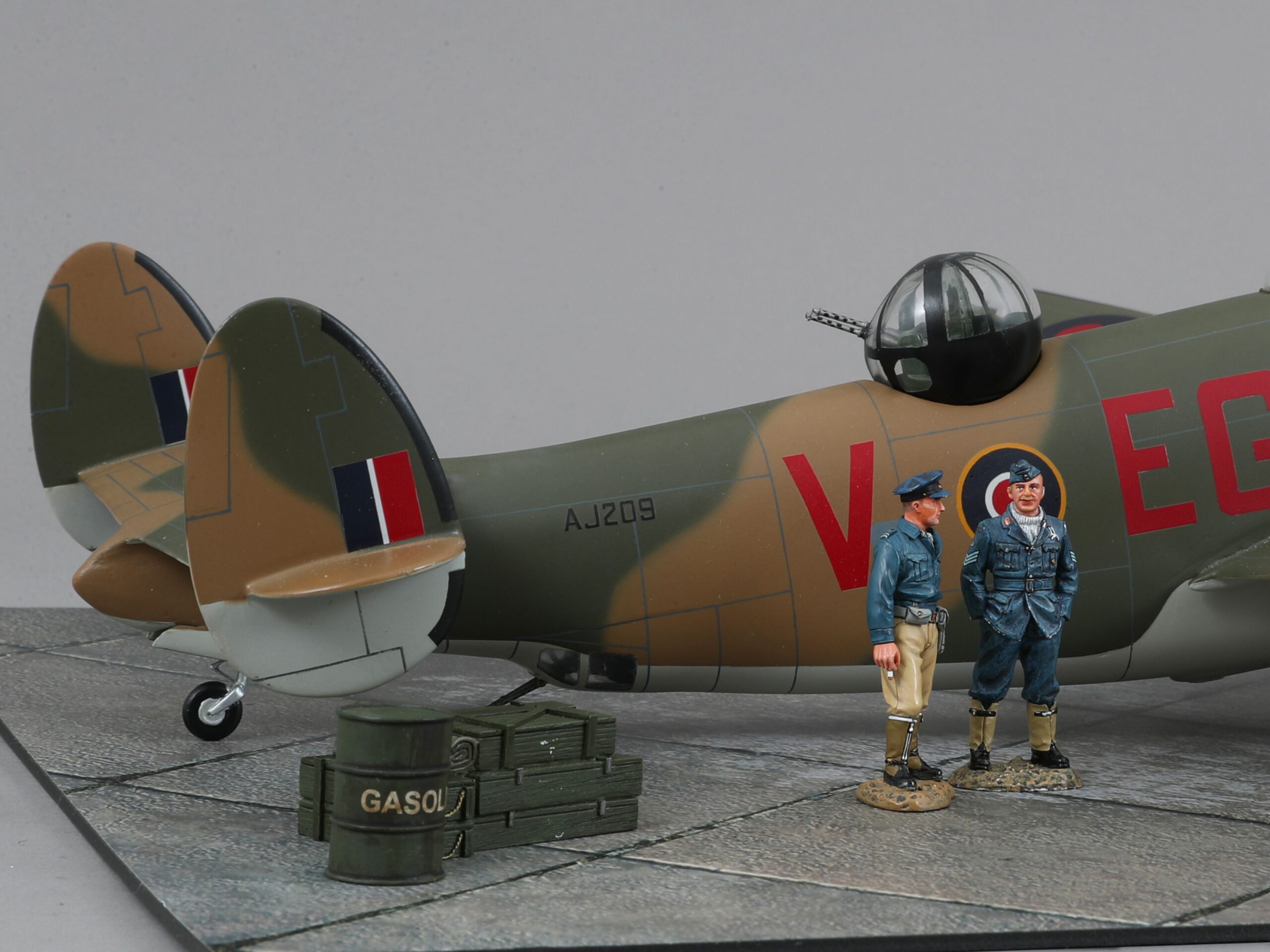
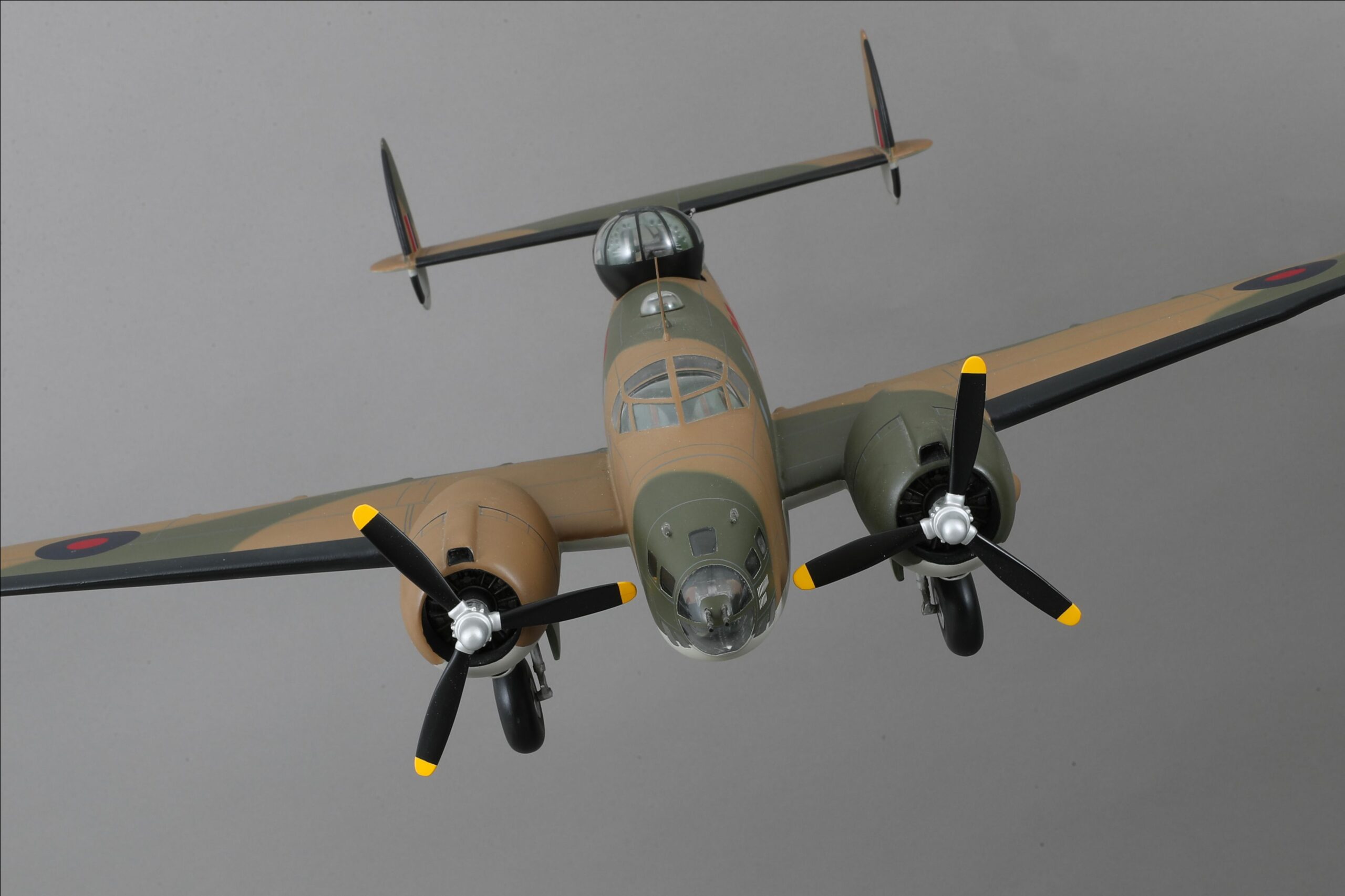
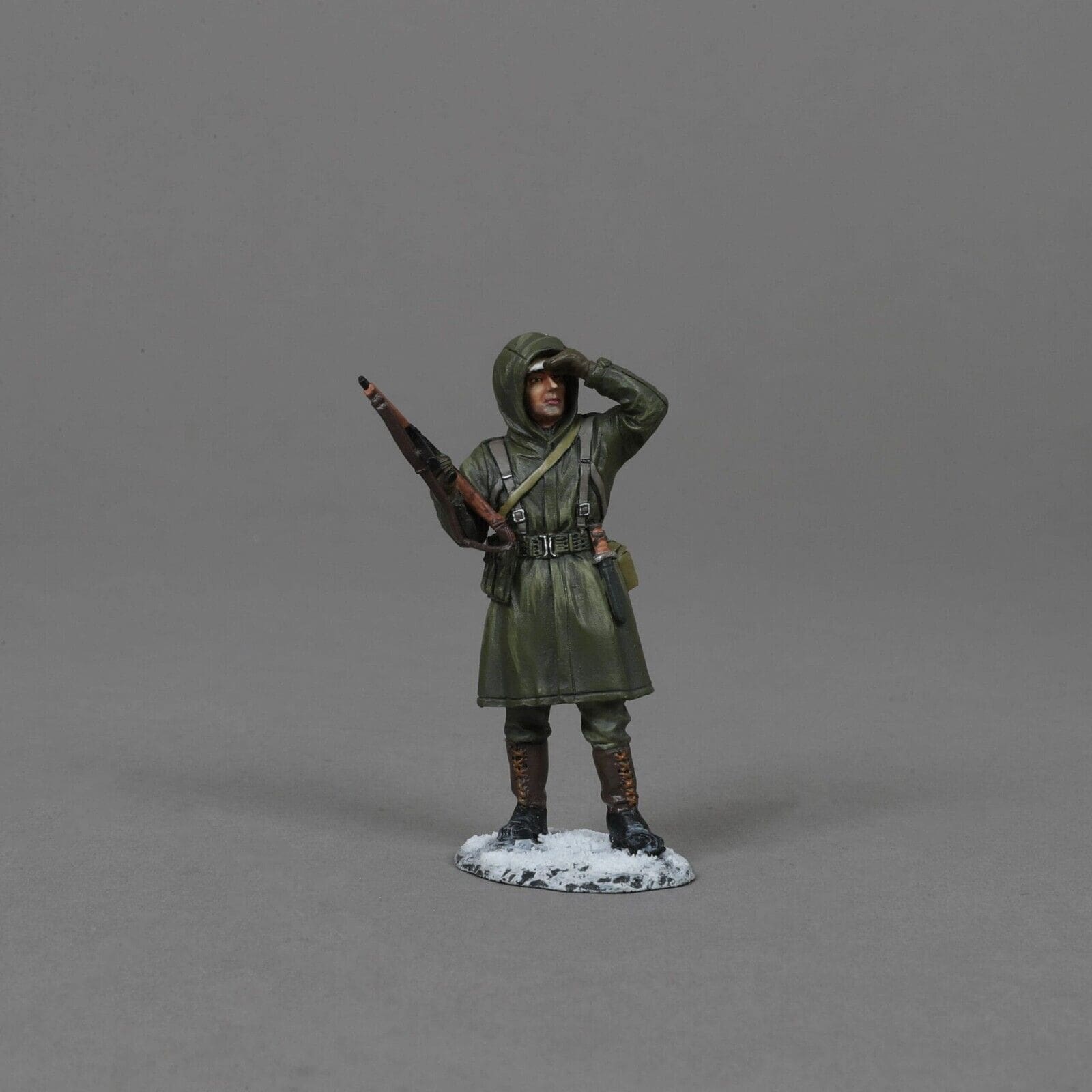
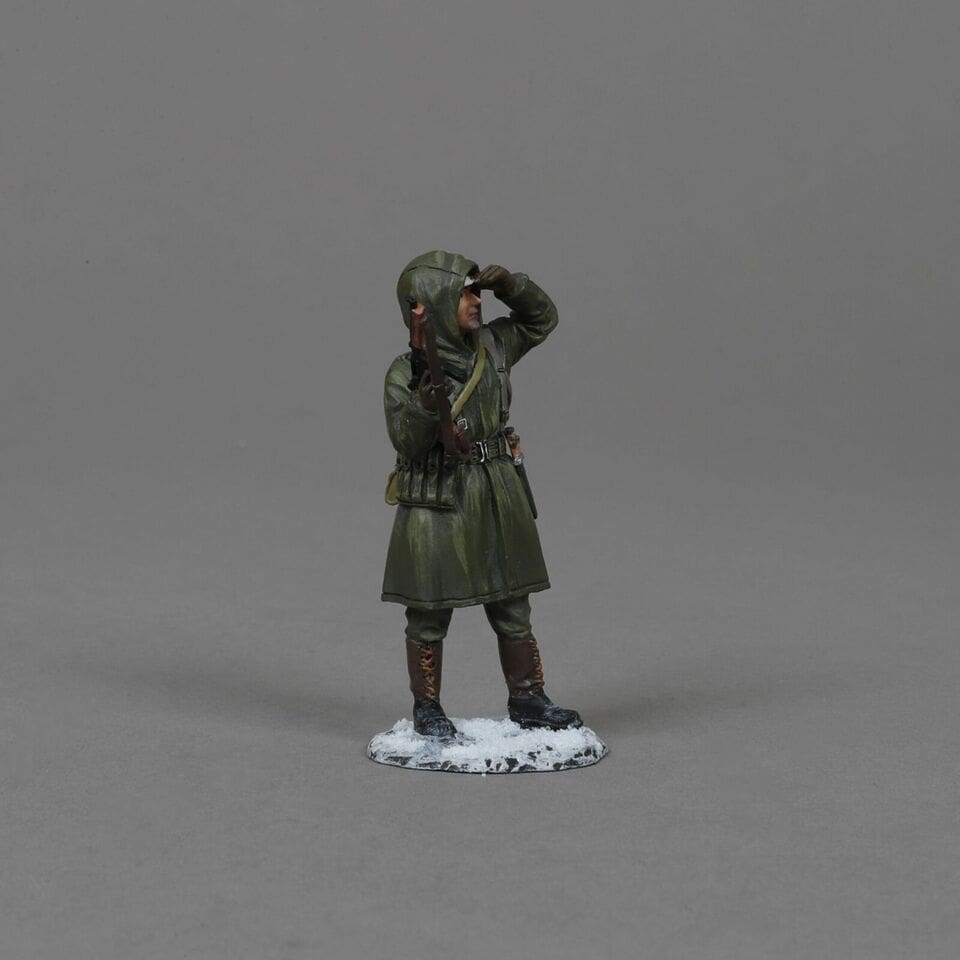
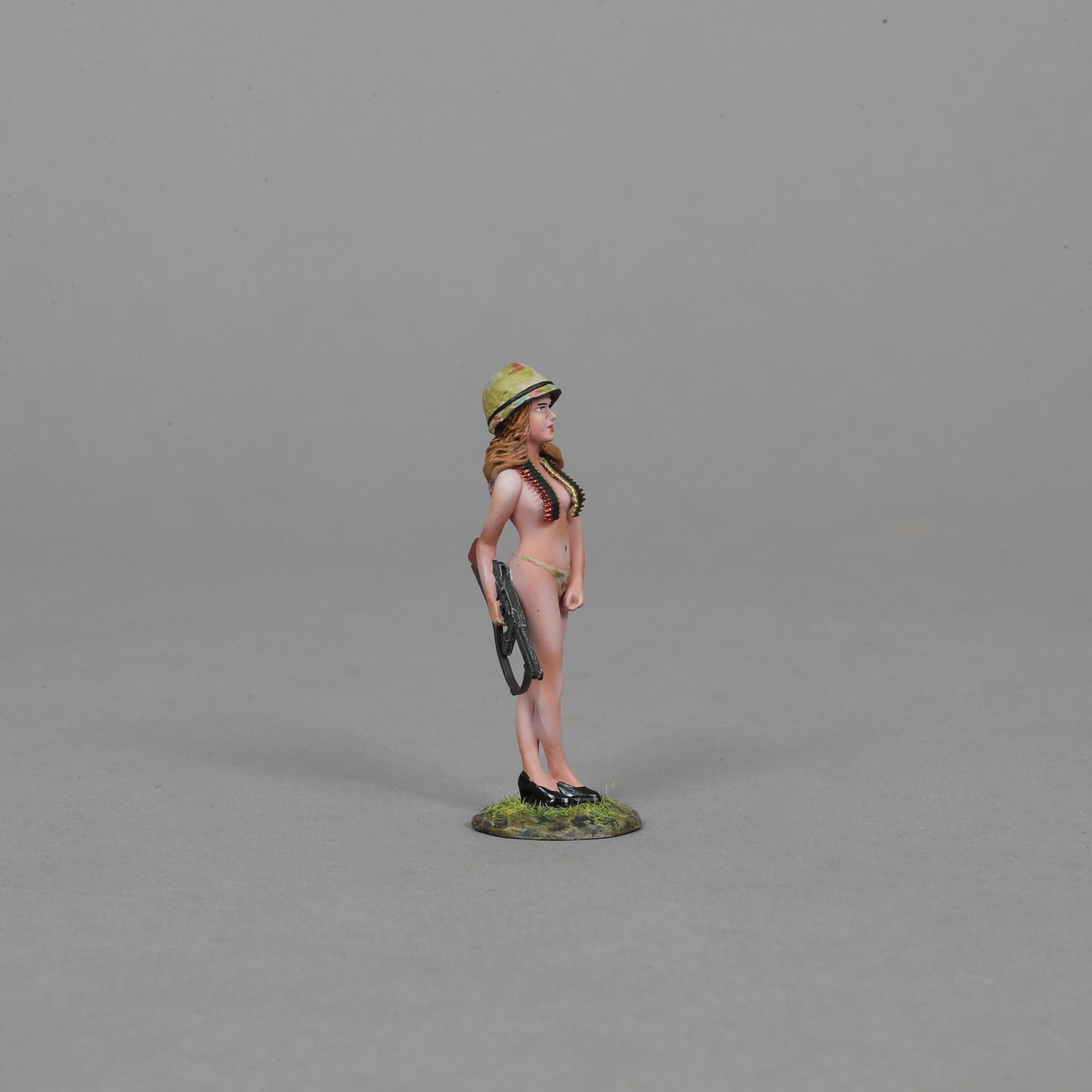
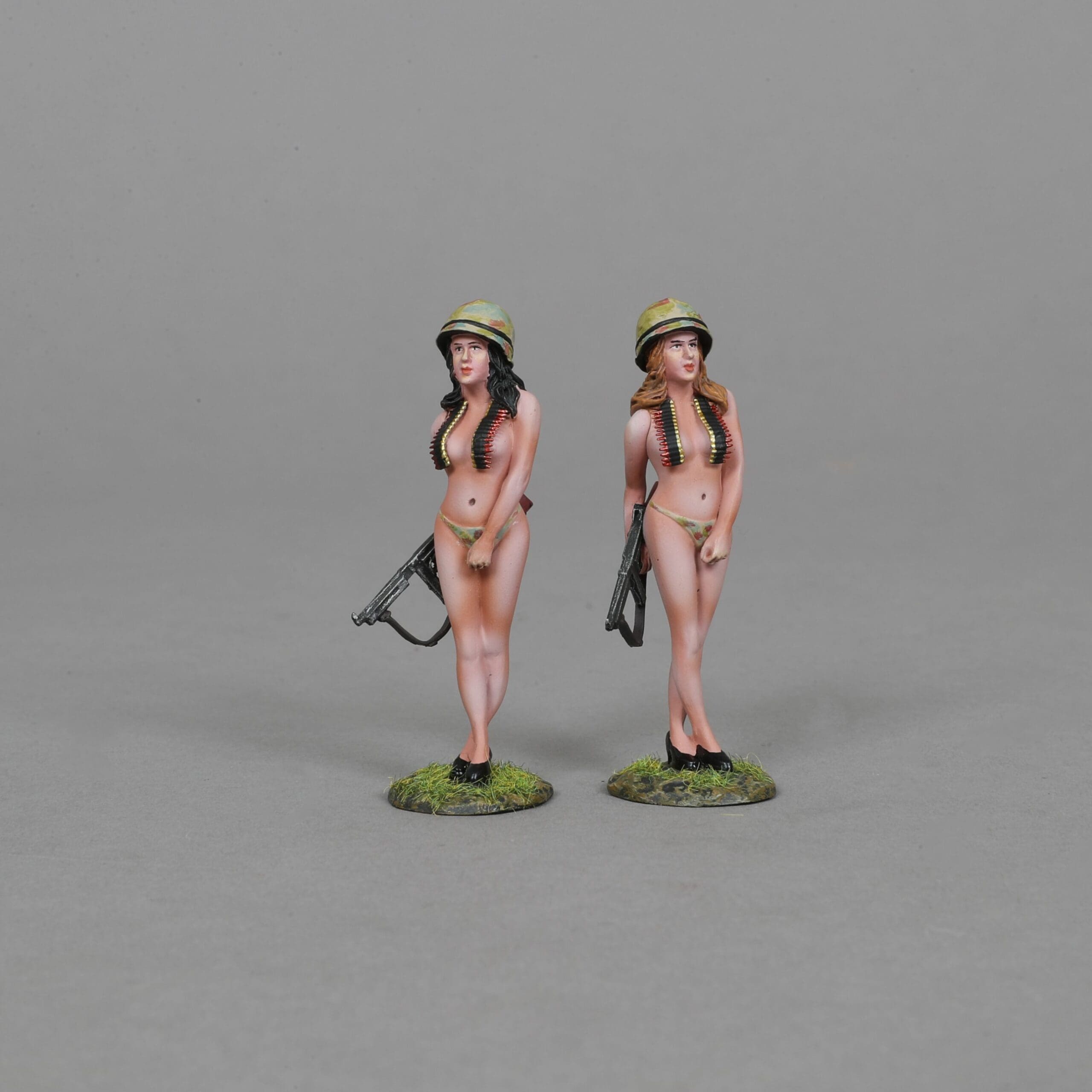
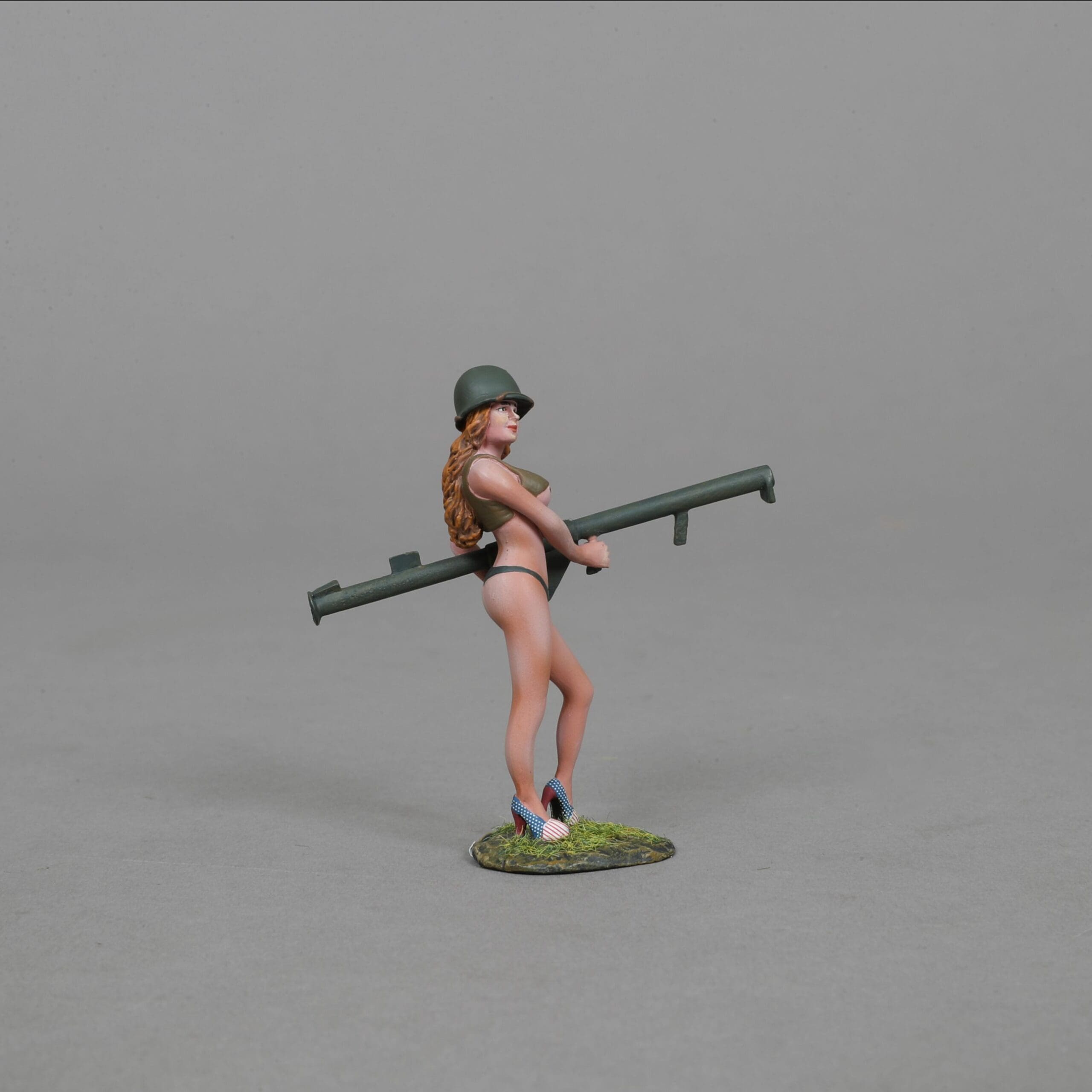
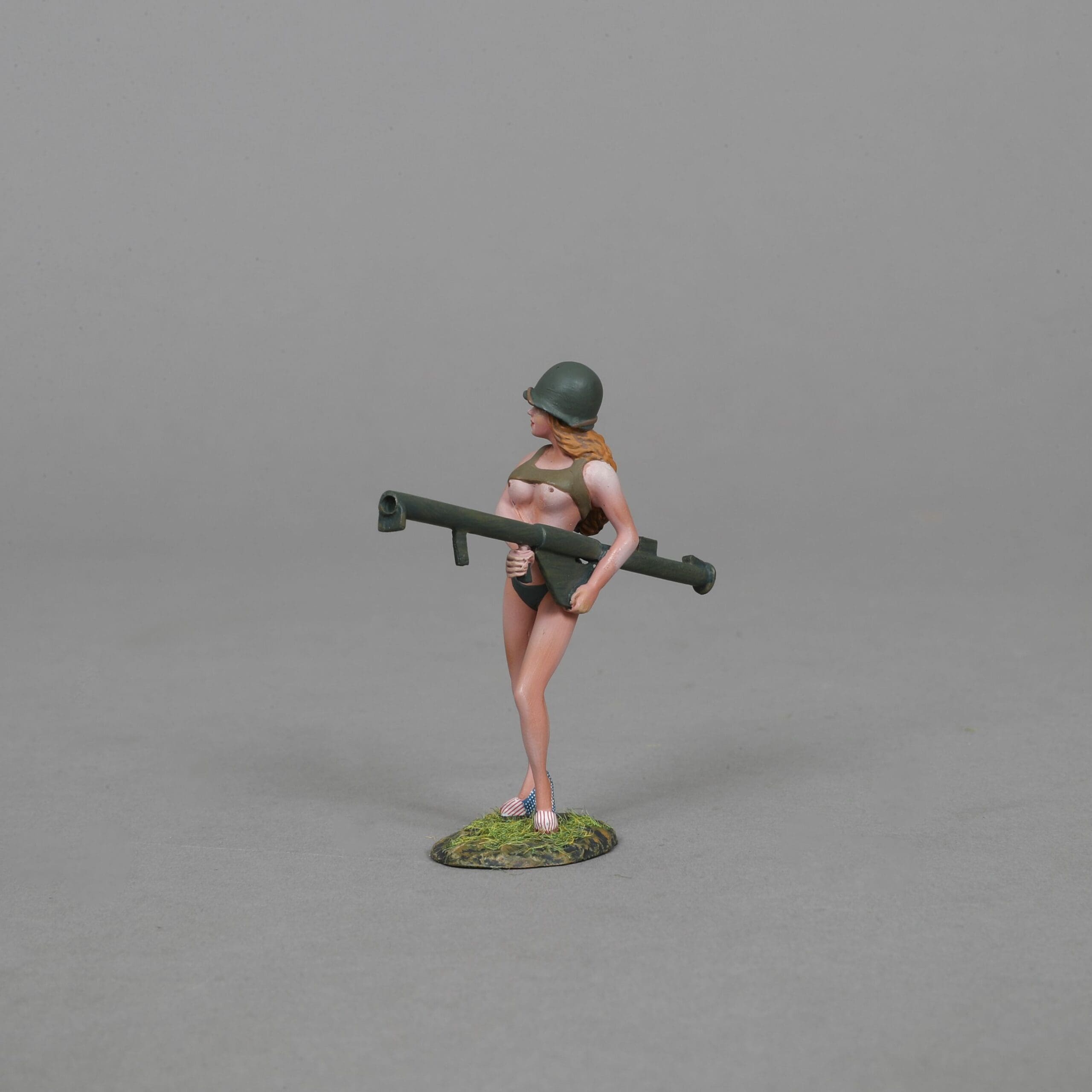
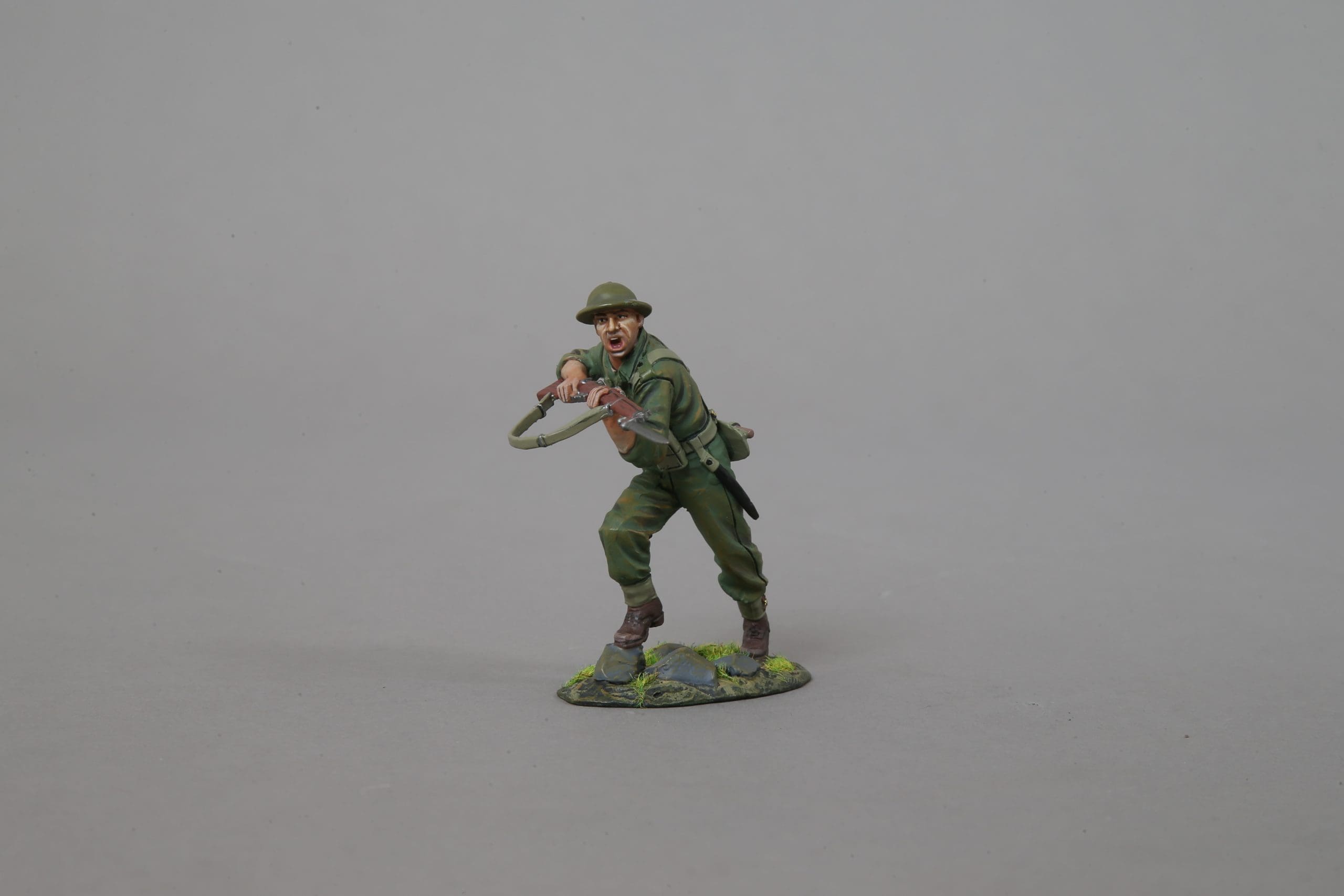
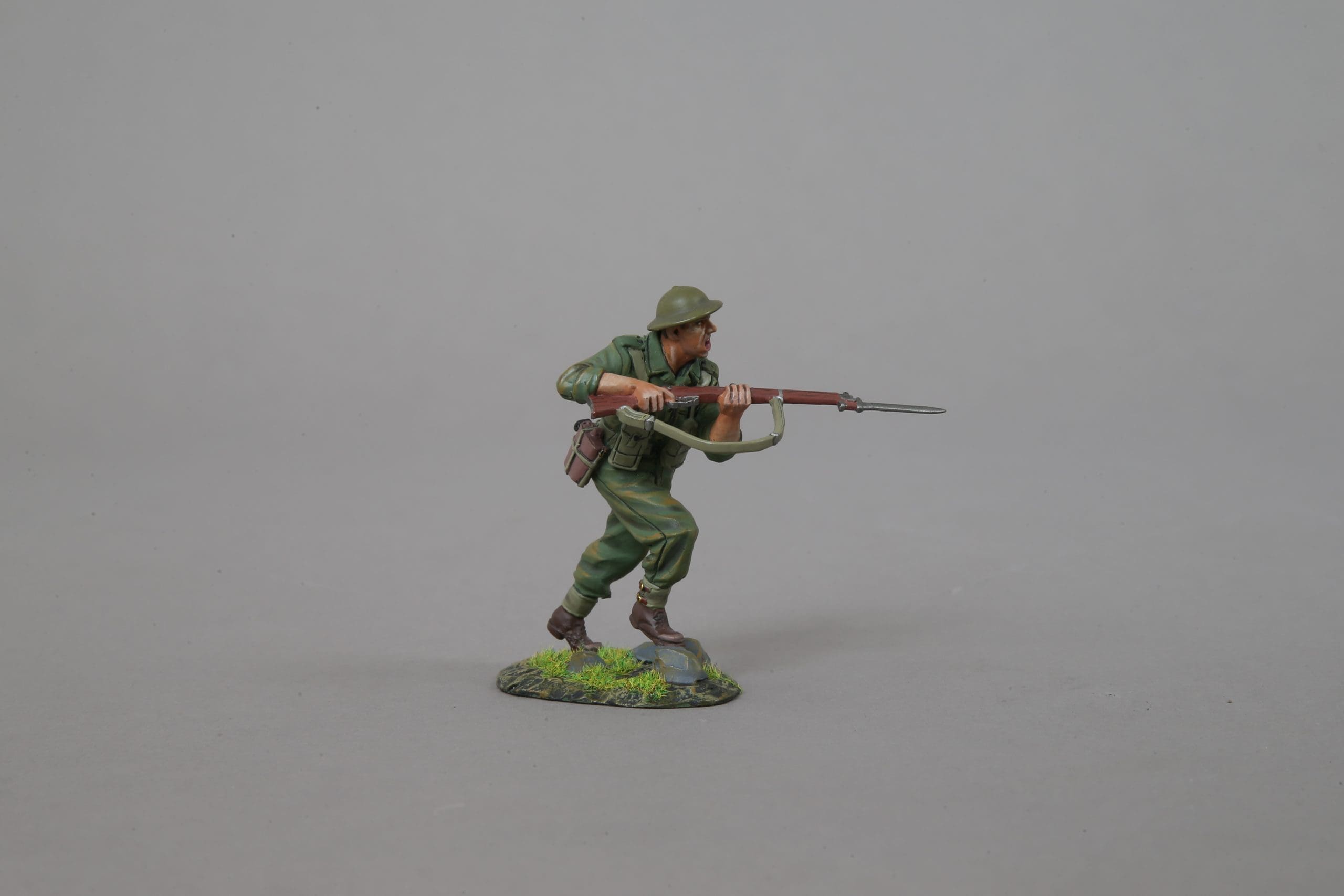
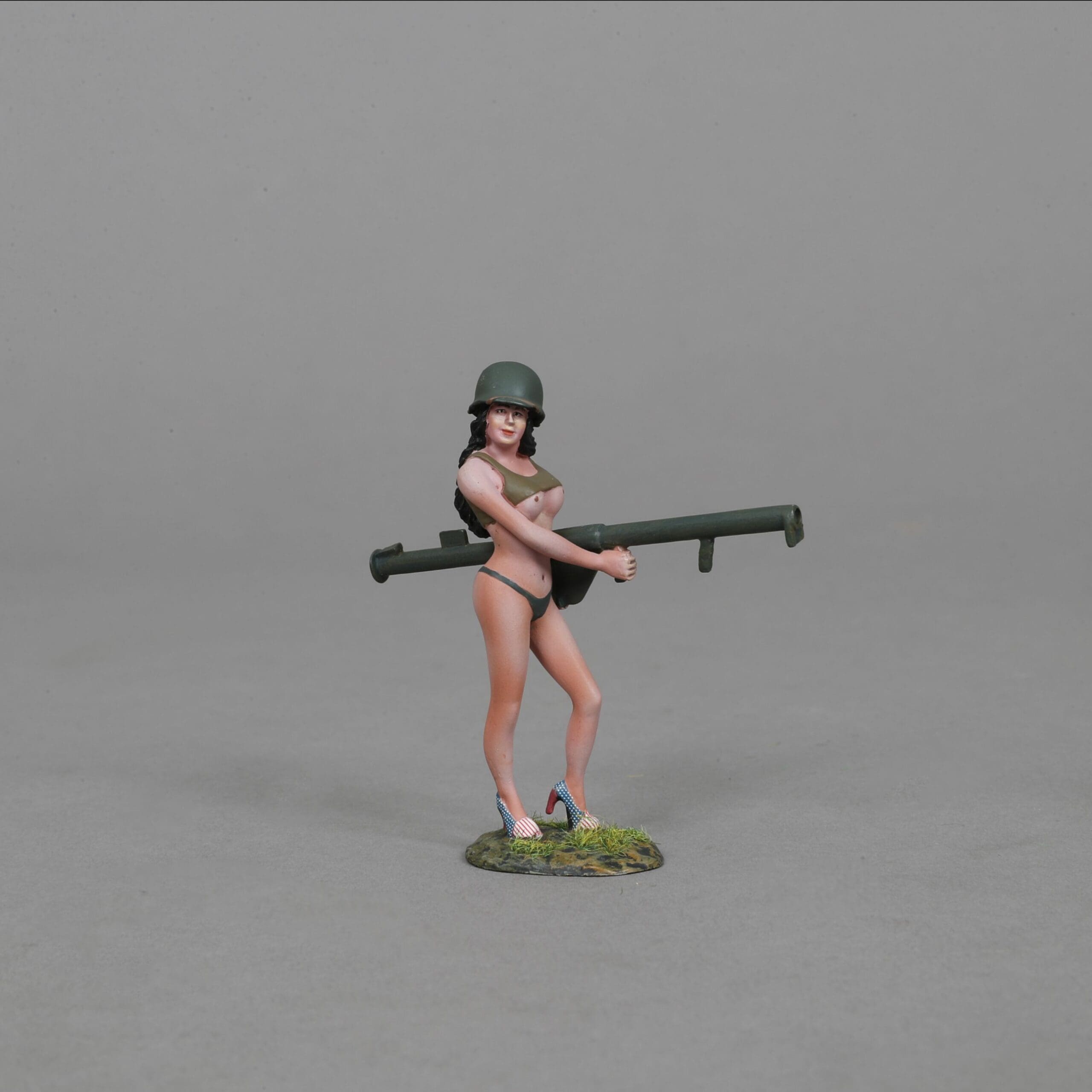
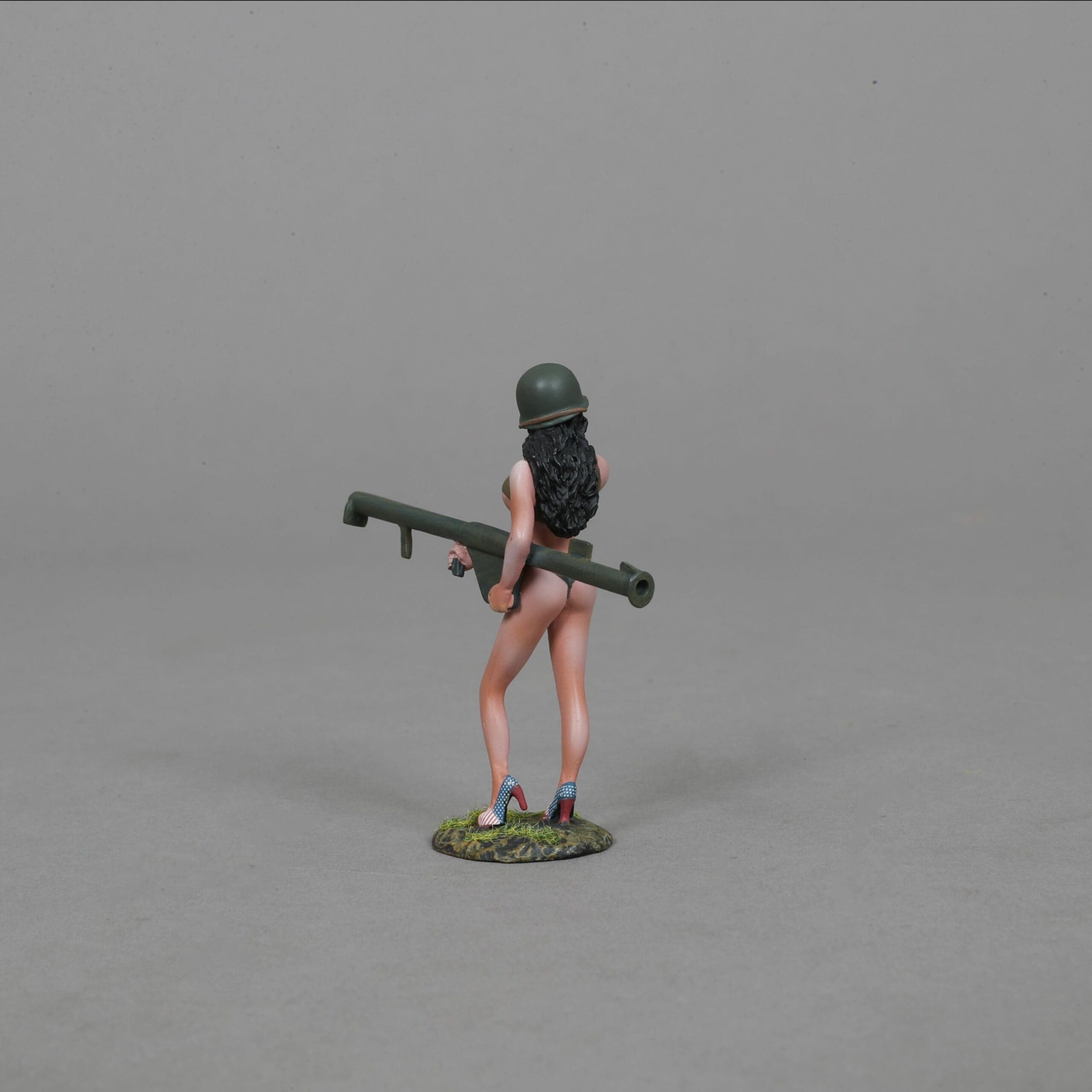
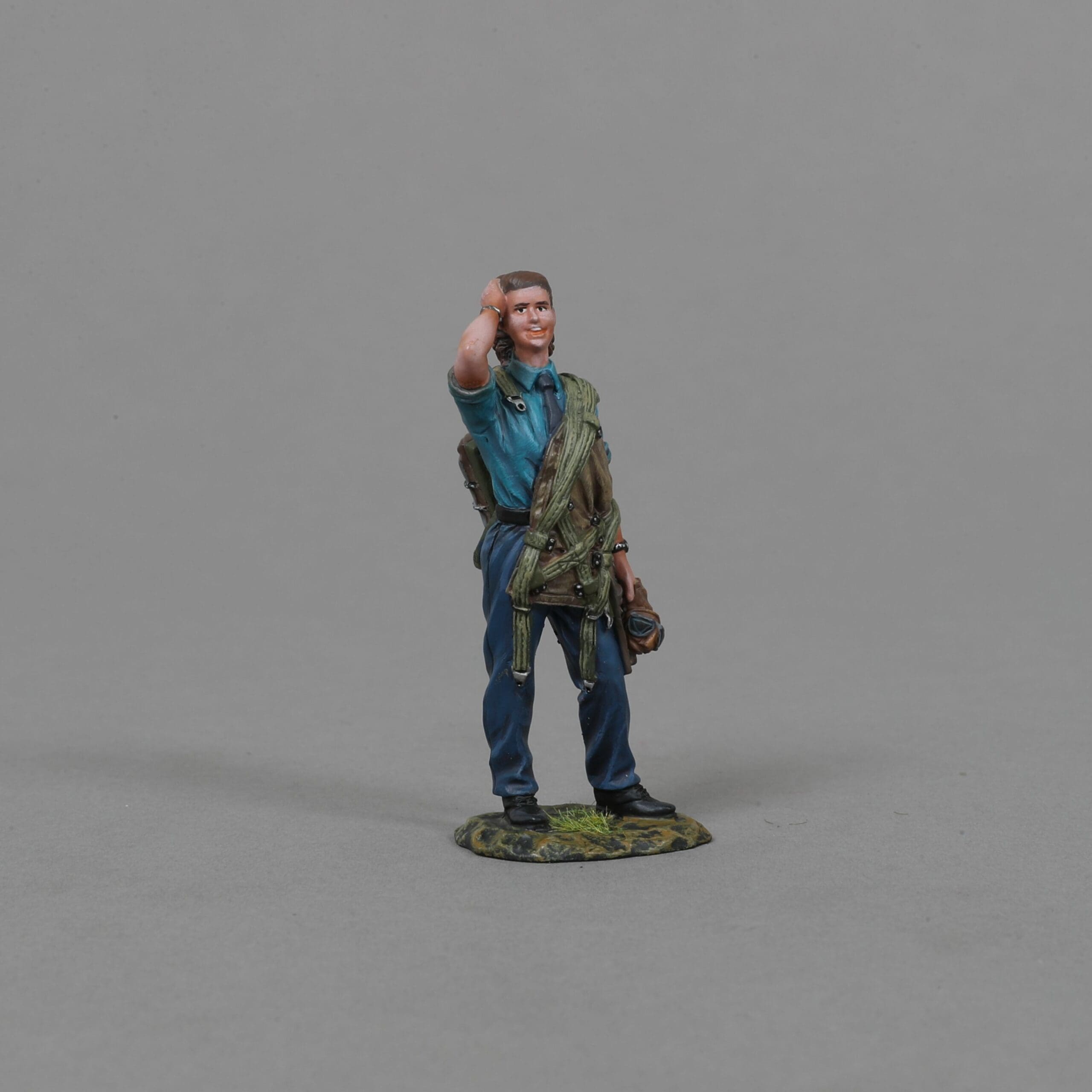
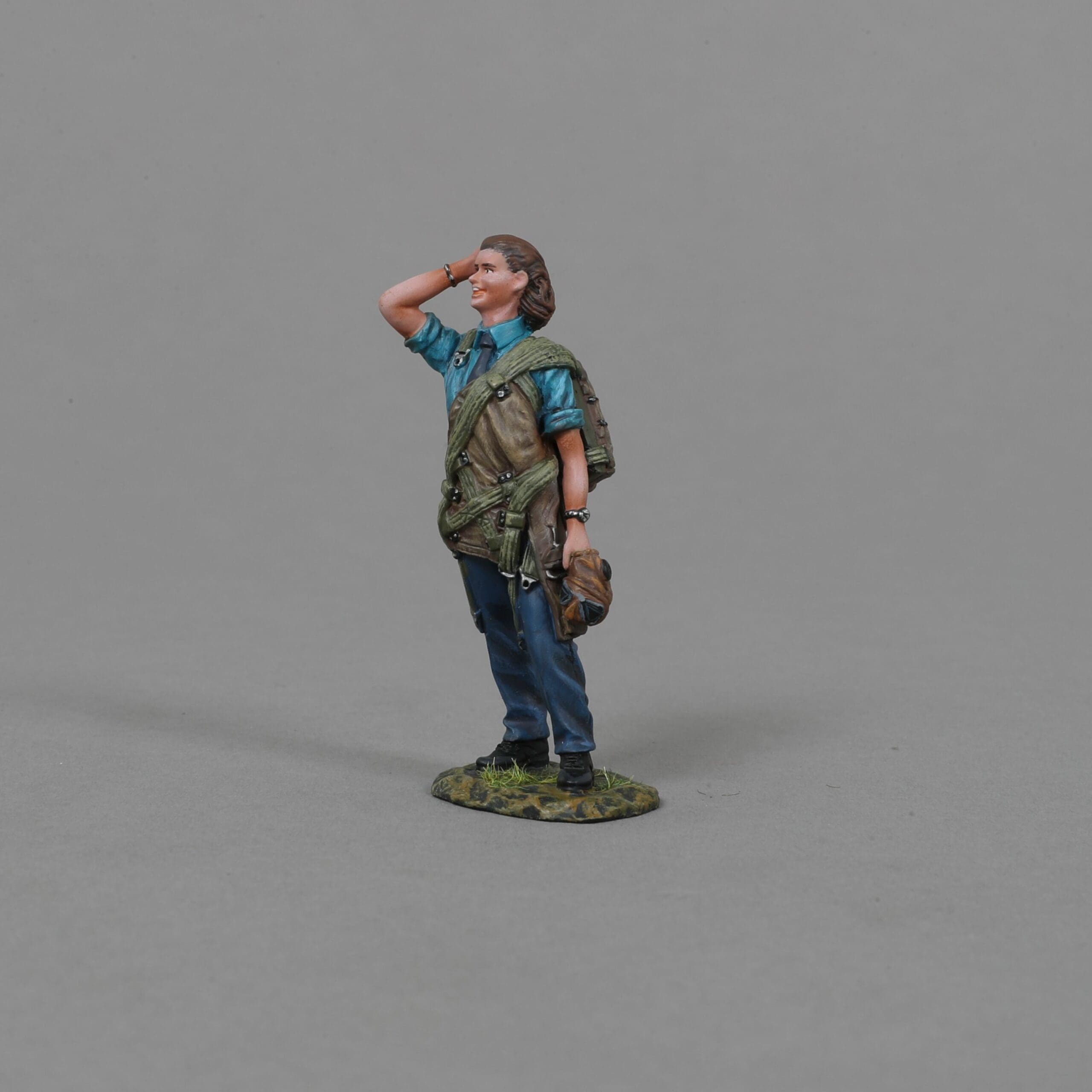
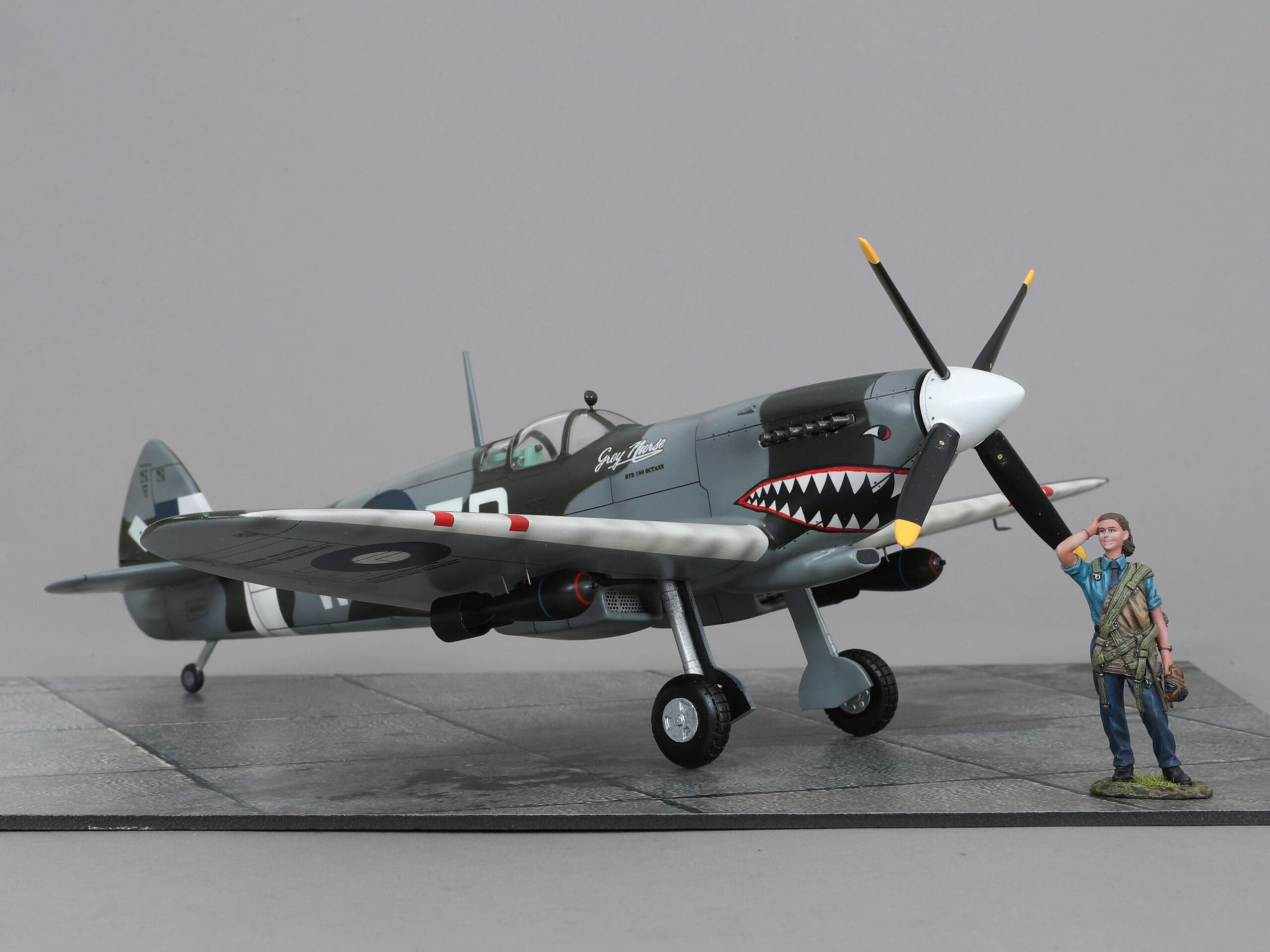
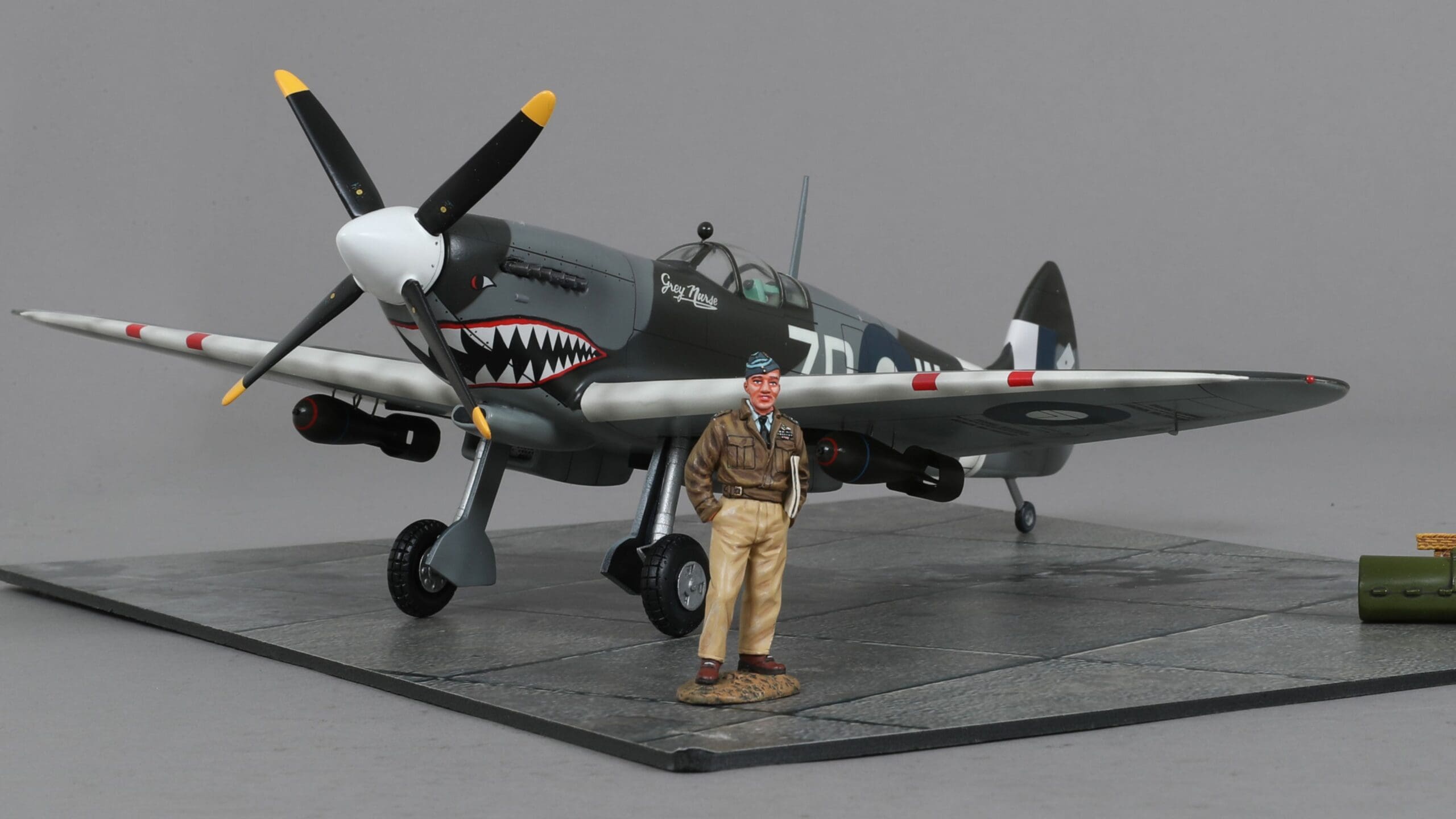
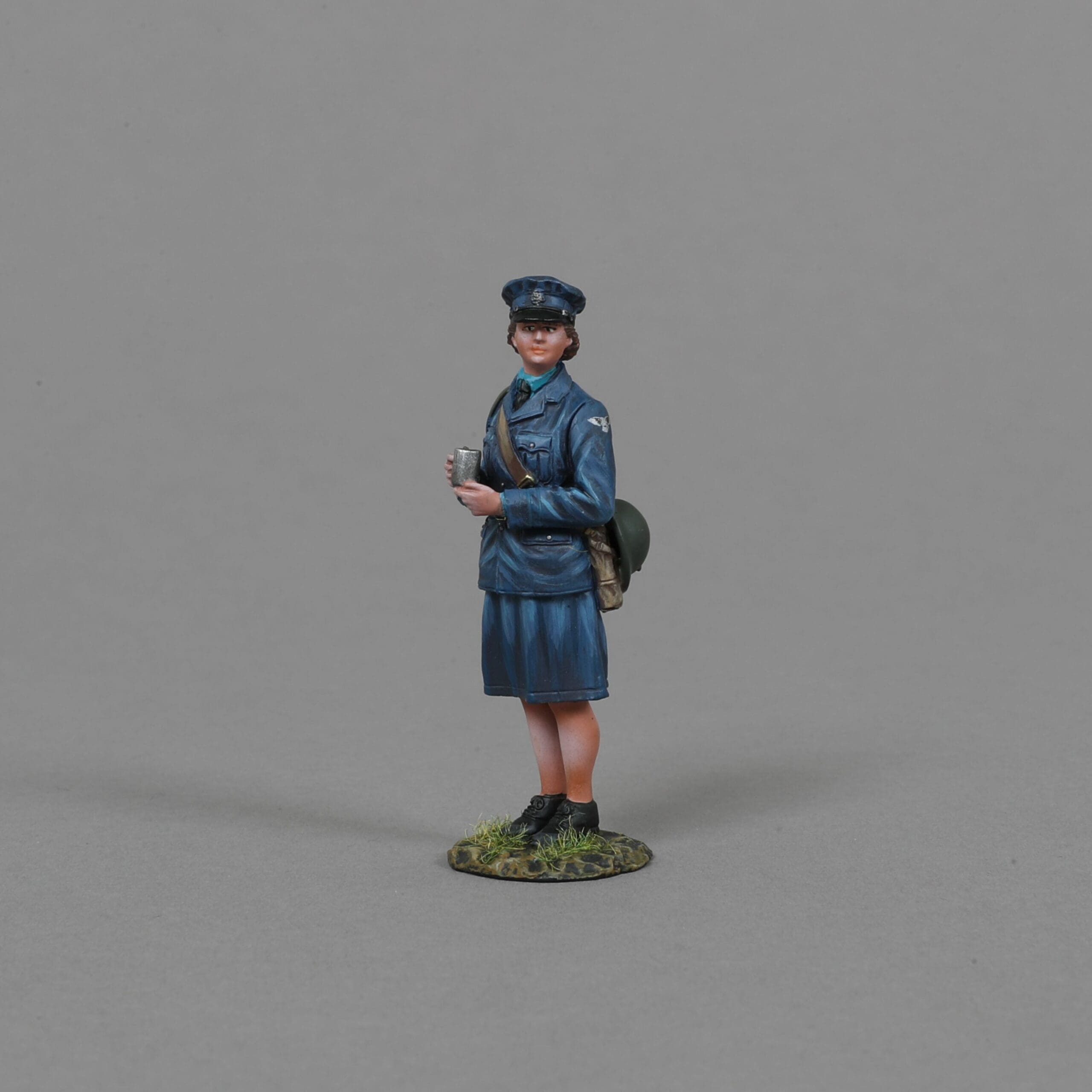
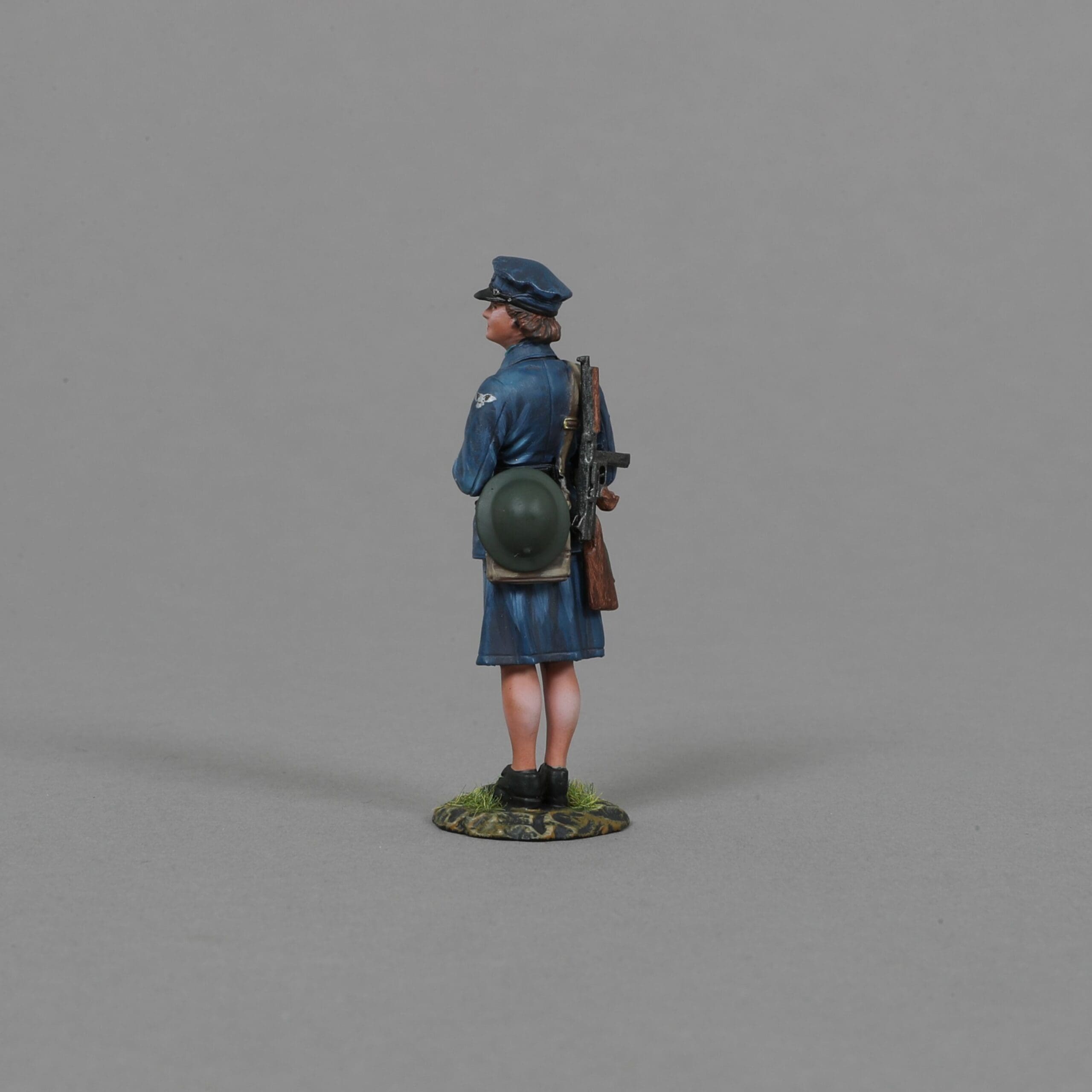
Reviews
There are no reviews yet.